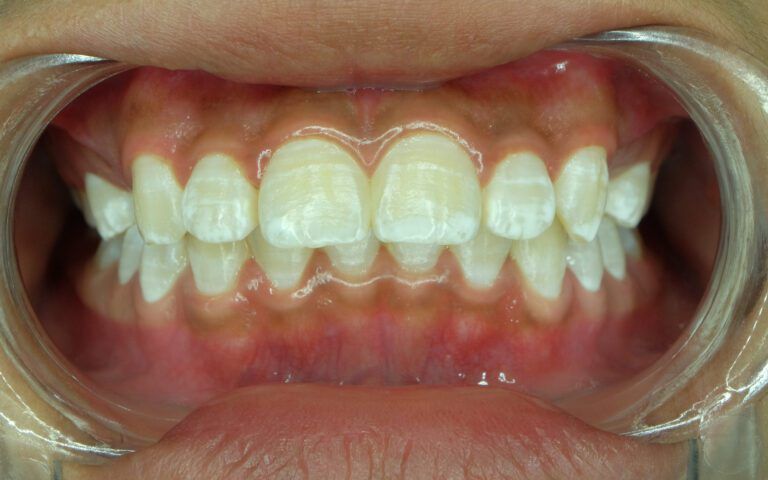Post-Orthodontic White Spots? How It Can Be Prevented

Previously, we’ve talked about white spot lesions, which are demineralized areas of enamel that are caused by plaque accumulation along with the enamel layer. If you have cases of white spot lesions, then your orthodontist can most likely treat it through regular fluoride treatments and acid microabrasion to help eliminate these areas and fortify the enamel for further protection. But how exactly do you prevent these white spots from occurring in the first place? We’re here to provide you with an in-depth, detailed guide on the best ways to prevent the onset of white spot lesions and give you a healthier smile in return.
How Can White Spot Lesions Be Prevented?
Orthodontists can often have a difficult time tackling this tricky problem due to its regular occurrence, especially in those who have to wear braces to align their teeth. For those wearing braces, it can be exceedingly difficult to clean your teeth due to the placement and obstruction the wires and brackets cause. For many who do wear braces, brushing and flossing your teeth can seem like a war zone, as even the harshest movements can break a wire and cause harm to your teeth. Plaque develops easier along with the brackets because bacteria can get into any nook and cranny it can find, and brackets tend to be neglected even with good brushing habits.
So, how exactly do you prevent white spot lesions, especially if you do have braces? If you know the basics, then you also know that there’s only so much you can do to protect your teeth. But many orthodontists also have a few tricks up their sleeve to tackle these situations. Some of the best ways to protect your teeth from white spot lesions include:
- Soft Toothbrushes Are Key: If you’ve been neglecting your toothbrush, then it’s time to replace it. Getting soft toothbrushes every few months will allow you to keep not only your teeth clean but your toothbrush clean too. It will also be softer on the teeth and gums and prevent unnecessary bleeding.
- Brush at a 45 Degree Angle: When we say a 45-degree angle, we mean an angle. Brushing at an angle will allow you to gain better access to various areas of your teeth and gums and provide a better brushing experience.
- Brush All Wires and Brackets: Paying attention to each wire and bracket while brushing can be an absolute lifesaver in the end because even the wires and brackets can develop bacteria, so those need to be cleaned too.
- Use Waxed Flossers: Wax-covered floss is essential for cleaning your teeth and your braces, as waxed floss can get inside the brackets and wires without leaving behind any debris.
- Interdental Toothbrushes: Some people also use interdental toothbrushes, which are small toothbrushes with a circular brush end, and can often be used to clean in between the teeth and inside the bracket and wires.
- Try Water Flossers: For those struggling to floss, water flossers have been reported to be a great way to floss in between the teeth by using jet streams of water to remove bacteria and food debris.
- Regular Fluoride Treatments: Another great way to prevent white spots is to have regular fluoride treatments. Fluoride treatments can be used to protect your enamel and keep it strong for when your brackets and wires need to be removed.
Overall, maintaining good hygiene is considered the best way to keep your teeth clean for that final day when you remove those braces for good. Make sure to schedule an appointment with your orthodontist to gain even better tips for caring for your teeth.

Recent Comments